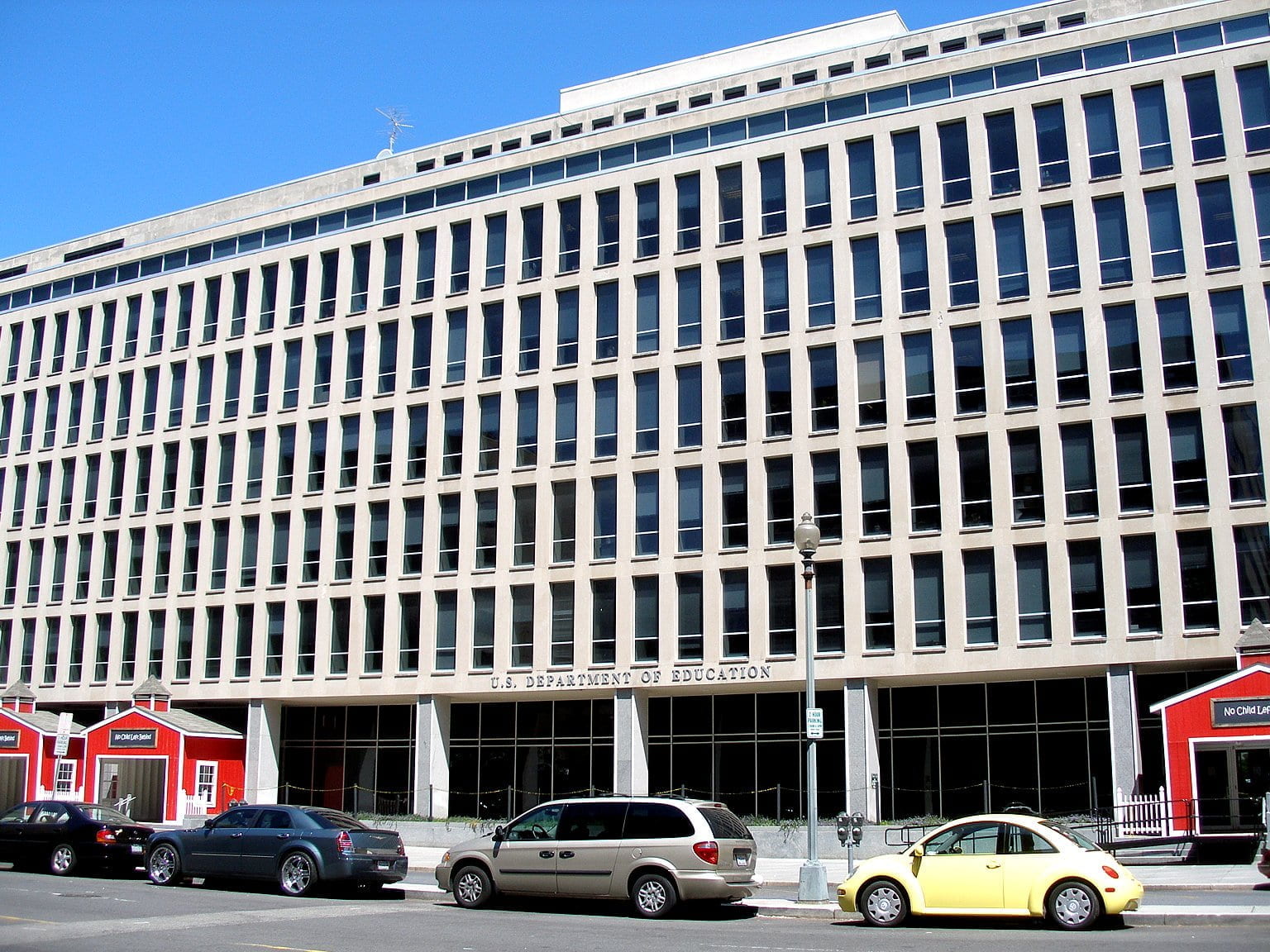About Title VI & the U.S. Department of Education

Receiving the NRC status
The East Asia National Resource Center (NRC) at The George Washington University (GW) is supported by the Title VI provision of the 1965 Higher Education Act, and is jointly managed by the Sigur Center for Asian Studies and the GW Institute for Korean Studies. Housed at the Elliott School of International Affairs, the NRC aims to enhance GW’s ability to engage the broader public community, including students, K-12 educators, Minority Serving Institutions, policymakers, and the general public on issues of important in East Asia. Its mission is to provide learning resources on East Asia that empowers educators and future leaders to better engage contemporary global issues.
The program offers a multifaceted approach which emphasizes both academic excellence and public accessibility. By fulfilling the absolute as well as competitive priorities for both the NRC and Foreign Language and Area Studies (FLAS) competitions, the NRC here at GW serves to fulfill the NRC status requirements for areas of national need, doing so with the involvement of historically under-represented groups and privileging students in financial need studying less commonly taught languages.
Context: Brief History of Title VI
The 1940’s and 1950’s were characterized by shifting global political, economic and military alliances, resulting in both bipolarity and a spirit of internationalism. Following World War II, an eruption of newly independent nations across the globe was accompanied by a prevailing emphasis on self-determination. At the same time, global and regional organizations emerged to address prevailing political, economic, and security concerns, leading to greater cooperation across national boundaries. Although this global geopolitical climate clearly mandated a need for international experts, particularly those trained in less commonly taught languages, they were in short supply. This spurred Federal funding to build foreign language and area studies programs at U.S. universities through Title VI of the National Defense Education Act (NDEA) of 1958. The NDEA aimed to insure trained expertise of sufficient quality and quantity to meet U.S. national security needs.
To better meet the national need for international experts, the NDEA initially funded 19 centers that focused on area and international studies, then known as language and area centers but now referred to as National Resource Centers (NRCs). In addition to the NRCs, three more programs were created by the NDEA: modern foreign language fellowships (the precursor to today’s Foreign Language and Area Studies (FLAS) Fellowships); international research and studies (IRS); and language institutes (LI). Together, these programs formed a comprehensive approach to foreign language and world region education that would help prepare the United States for current and future global challenges.
The comprehensive and mutually supporting approach to international education inherent to the original family of Federal programs continues to characterize Title VI programs today. Although the original programs have evolved, and new programs have arisen to meet newly-identified needs and provide expanded opportunities for developing international expertise, the original intent — “to insure trained manpower of sufficient quality and quantity to meet the national defense needs of the United States” — remains central to the programs forty years after their inception.

The exterior of the Lyndon Baines Johnson Department of Education Building in Washington, D.C.
At a Glance: The NRC Program
The National Resource Centers program provides grants to establish, strengthen, and operate language and area or international studies centers that will be national resources for teaching any modern foreign language. Grants support: instruction in fields needed to provide full understanding of areas, regions or countries; research and training in international studies; work in the language aspects of professional and other fields of study; and instruction and research on issues in world affairs.
This program supports comprehensive undergraduate National Resource Centers, which: teach at least one modern foreign language; provide instruction in fields needed for full understanding of areas, regions, or countries where a language is commonly spoken; provide resources for research and training in international and foreign language aspects of professional and other fields of study; and provide opportunities for instruction and research on important issues in world affairs.
For more details on Title VI and the National Resource Centers program, please redirect to the U.S. Department of Education website by clicking on the buttons provided below.
References
“Archived: International Education Programs Service.” Office of Postsecondary Education, U.S. Department of Education, 21 Jan. 2011, https://www2.ed.gov/about/offices/list/ope/iegps/history.html.
“National Resource Center Programs.” International and Foreign Language Education, U.S. Department of Education, 2 Jul. 2018, https://www2.ed.gov/programs/iegpsnrc/index.html.

EAST ASIA NATIONAL RESOURCE CENTER
Join Our Mailing List
Receive news and updates about EANRC events.

